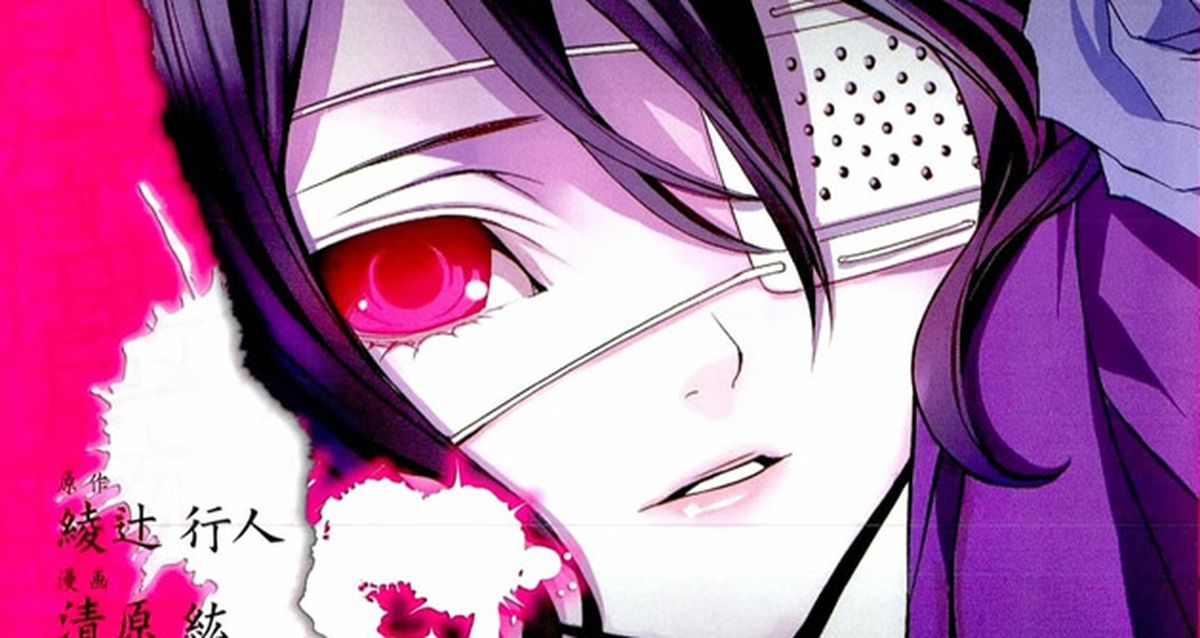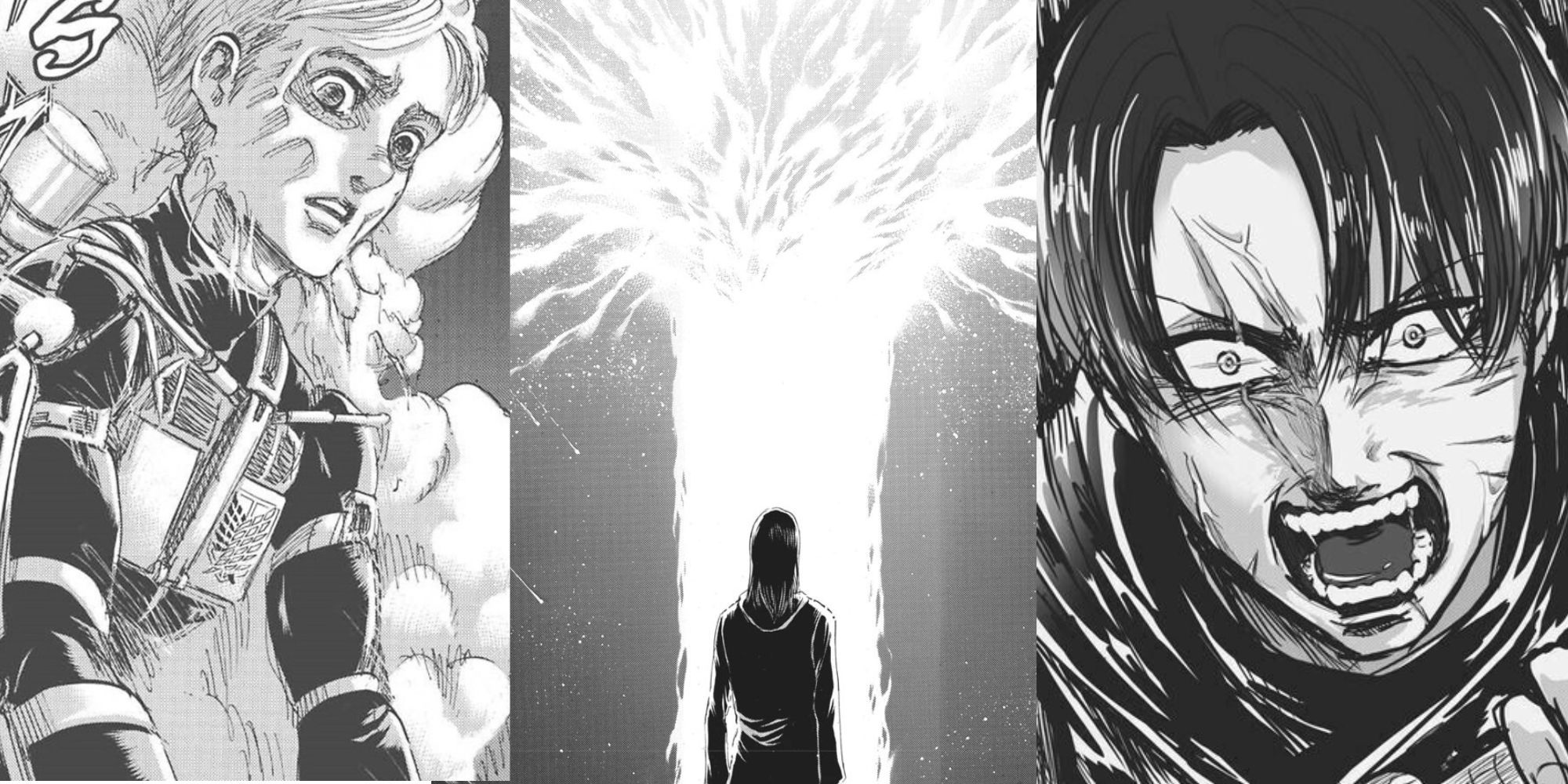Another manga? Yeah, dude, that’s what we’re talkin’ about! This ain’t your grandma’s shojo – we’re diving deep into the wild world of manga recommendations. Forget scrolling endlessly; we’re breaking down how to find your next obsession, whether you’re into epic battles, slice-of-life chill, or something totally off the wall. We’ll explore different genres, art styles, and everything in between to help you snag that perfect read.
Think of it like this: you’ve just finished a killer manga, and now you’re craving
-another manga* with that same awesome vibe. But finding something equally awesome can be a total drag. This guide will equip you with the knowledge to navigate the vast manga landscape and discover your next literary adventure. We’ll cover algorithms, genre breakdowns, and even create a hypothetical scenario to show you how it all works.
Get ready to level up your manga game!
Do not overlook explore the latest data about a sign of affection manga online.
Defining “Another Manga”
Yo, manga heads! Let’s break down what “another manga” actually means in the wild world of anime and manga recommendations. It’s more than just grabbing a different book; it’s about finding that next perfect read that hits the spot.
The phrase “another manga” can mean a lot of things, depending on who you ask. Are we talking genre? Art style? Maybe the target audience? Someone looking for “another manga” like Attack on Titan might want something else in the action/dark fantasy genre, while someone else might want something with a similar intense art style but a completely different story.
“Another manga” isn’t a precise term, it’s all about context.
Comparison of Similar Phrases
Compared to “a different manga” or “a similar manga,” “another manga” implies a closer connection to a previously enjoyed title. “A different manga” is broad, encompassing any manga that isn’t the one being discussed. “A similar manga” suggests a closer match in terms of genre or style. “Another manga,” however, suggests a continuation of a satisfying reading experience, even if the specific elements differ.
Discovering Similar Manga
So, how do we actually find “another manga” based on someone’s preferences? Think of it like a super-powered recommendation engine. We need a system that can dig into a user’s reading history and pull out key elements to suggest something new.
Recommendation System Algorithm, Another manga
One approach could use a collaborative filtering algorithm. This analyzes the reading habits of multiple users to find patterns. If user A loves My Hero Academia and One Punch Man, and user B loves My Hero Academia and Mob Psycho 100, the system might suggest Mob Psycho 100 to user A, since both share a similar preference for My Hero Academia. Another approach is content-based filtering, which analyzes the individual characteristics of a manga (genre, plot points, themes) to recommend similar titles.
Hypothetical User Profile and Recommendation
Let’s say our user, let’s call her Sarah, loves action-packed shonen manga with strong female leads, like Attack on Titan and Demon Slayer. Our system, using a hybrid approach of collaborative and content-based filtering, would identify key elements: action, fantasy/supernatural elements, strong female characters, and perhaps a dark or gritty tone. Based on this, the system might recommend Jujutsu Kaisen or Made in Abyss, both of which share similar elements.
Exploring Genre Diversity
Manga is HUGE, covering a crazy range of genres. Finding “another manga” often means exploring different genres to find something new.
Diverse Manga Genres and Examples

- Shonen: Action-packed stories targeting young boys, often featuring strong male leads and epic battles (e.g., One Piece, Naruto).
- Shojo: Romance-focused stories targeting young girls, often featuring intricate relationships and emotional depth (e.g., Fruits Basket, Sailor Moon).
- Seinen: More mature stories targeting young men, often exploring complex themes and darker narratives (e.g., Berserk, Vinland Saga).
- Josei: More mature stories targeting young women, often focusing on realistic relationships and social issues (e.g., Chihayafuru, Princess Jellyfish).
- Slice of Life: Focuses on the everyday lives of characters, often highlighting the mundane and relatable (e.g., Yotsuba&!, K-On!).
Genre Storytelling Techniques
Each genre employs different storytelling techniques. Shonen often uses power scaling and epic battles to drive the narrative, while shojo might emphasize emotional nuance and character development. Seinen often delves into mature themes and morally grey areas, while slice-of-life focuses on capturing the small details of daily life. These differences explain why a reader might seek “another manga” within a specific genre: they want more of the same style of storytelling but with a fresh plot.
So, there you have it – your cheat code to finding
-another manga* that totally blows you away. We’ve covered the what, the why, and the how of manga recommendations, giving you the tools to explore genres, understand algorithms, and ultimately, find your next favorite series. Don’t just settle for okay; find amazing! Happy reading, manga fans!



